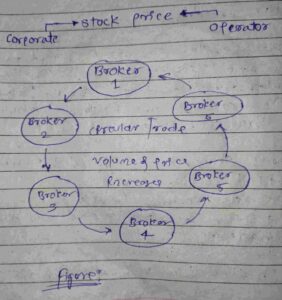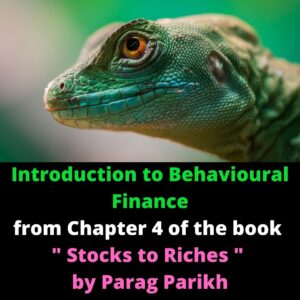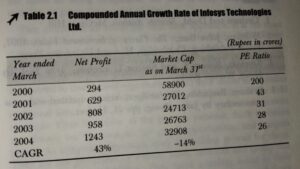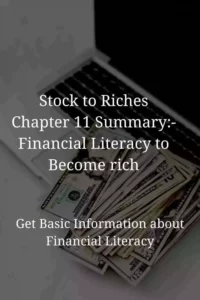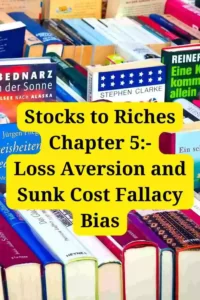Hello friends, I am Laxman Sonale, In Today's article, we see the stock market bubble from chapter 10 of the book Stock to riches. In this chapter, the author explains the … [Read more...] about The Stock Market Bubble formation
stocks to riches
Stocks to Riches Chapter 4:- Introduction to Behavioural Finance
In today's blog, we see the introduction to behavioral finance from chapter 4 of the book stocks to riches by Parag Parikh. This is a wonderful chapter you should understand how … [Read more...] about Stocks to Riches Chapter 4:- Introduction to Behavioural Finance
Investment strategy:- Stocks to Riches Chapter 2
Hello friends, in today's blog, we see Investment strategy from the book Stocks to riches chapter 2, this book was written by value investor Parag Parikh. so in this chapter 2, we … [Read more...] about Investment strategy:- Stocks to Riches Chapter 2
